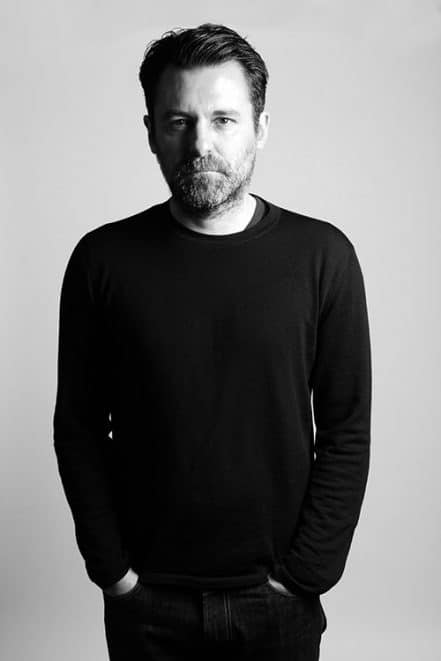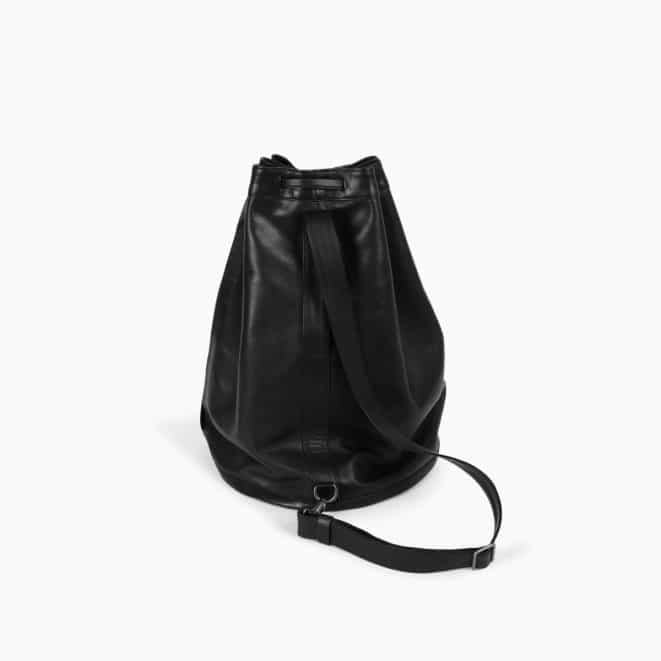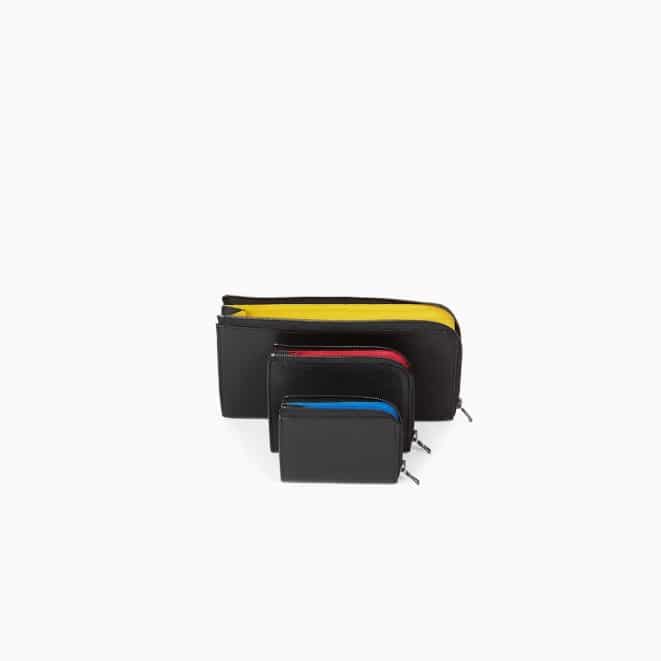An Interview with Isaac Reina on Quality
Isaac Reina has taken leather accessories to a new level. An interview with the Parisian designer on his idea of quality.

Born 1968 in Barcelona, Reina studied architecture before he started working in fashion for the Catalan designer Antonio Miró. In 1998, he moved to Paris where he joined the venerable house of Hermès as Véronique Nichanian’s design assistant. Seven years later, Reina created his own accessories brand that is located at 38 rue de Sévigné since its opening in 2006. An accessories tutor at the Ecole de la Chambre Syndicale de la Couture Parisienne, he also collaborated with Maison Martin Margiela and Quai de Valmy.

Simple yet subtle, Reina’s designs are inspired by basic geometry, paperboard folding and industrial aesthetics. Using only the finest leathers available, his products are entirely made by hand in France, just around 1500 every year. In his own words, he is „trying to forget the traditional iconography used for luxury. What matters is: a beautiful material, a beautiful manufacturing and the right proportions“. It is his unique combination of unpretentious design and uttermost care for detail that made the Magazine Fantastic Man call his products „the best leather accessories in the world.“

While clearly informed by the strong shapes and monochromatic colors of modernism, Reina’s designs offer a human feel thanks to the often very thin und supple leathers he chooses and the craftsmanship invested in them. Light to the extend of feeling almost weightless, his accessories need no lining to be solid, structured, and durable. Particular attention is paid to functionality. A folding wallet may hide thoughtfully made storing options for cards and cash while looking perfectly simple from the outside.

INVENTUR went to Paris to meet Isaac Reina in the Marais and talked to him about his distinct idea of quality.
What is your idea of quality?
„To me it’s very important to consider quality as something normal, not bound to the idea of luxury in a showy way. I want to do something undramatic and very simple, not bold. It all comes down to material, shape, proportion, and technique.
The reason I worked at Hermès before building my own brand was to seriously learn how to make quality products in a professional and really deep way.“
How do you put this idea into practice?
„The leathers we use come from Switzerland and France and the tanneries we work with use traditional leather tanning methods. For example, double tanned calf is tanned with vegetable products first to make it durable in a natural way and afterwards with minerals to become particularly soft. The norm today is to tan it just once, but a truly good quality requires double tanning.
Our products are handcrafted by very dedicated artisans in small workshops all based in Paris or its area, two for bags and two for small leather goods. Since almost all the traditional leather workshops in Paris have disappeared, it took us a while to build a sustainable infrastructure to meet demand.
The people around me are extraordinarily committed to quality. For example, one of my artisans told me last week that she will work a little less for me this year in order to participate in the Meilleur Ouvrier de France competition, where the best craftsmen in France get awards.“
Can you give an example that represents your notion of quality particularly well?
„When I design, I don’t just care about how it looks. I also do the technical designs. For example, we use a very expensive machine to achieve the particular thickness of the leather for every single object. The machine is precise up to one-tenth of a millimeter.
I buy a lot of vintage stuff to see how it’s made. I sometimes take a prototype and use it in my everyday life to experience how it works.
Look at my wallet. It’s a simple, zipped item, that is unusually small. It took a lot of time to figure out all the details together with an artisan. Even though its supersmall it contains up to eight cards, paper money, coins, metrotickets, and some other stuff. You wouldn’t expect such a small item to carry all this, but it does thanks to the chosen material, the proportions and the care it has been made with.“
For a German translation of this article click here.
Photos: © Isaac Reina
1. Mai 2015